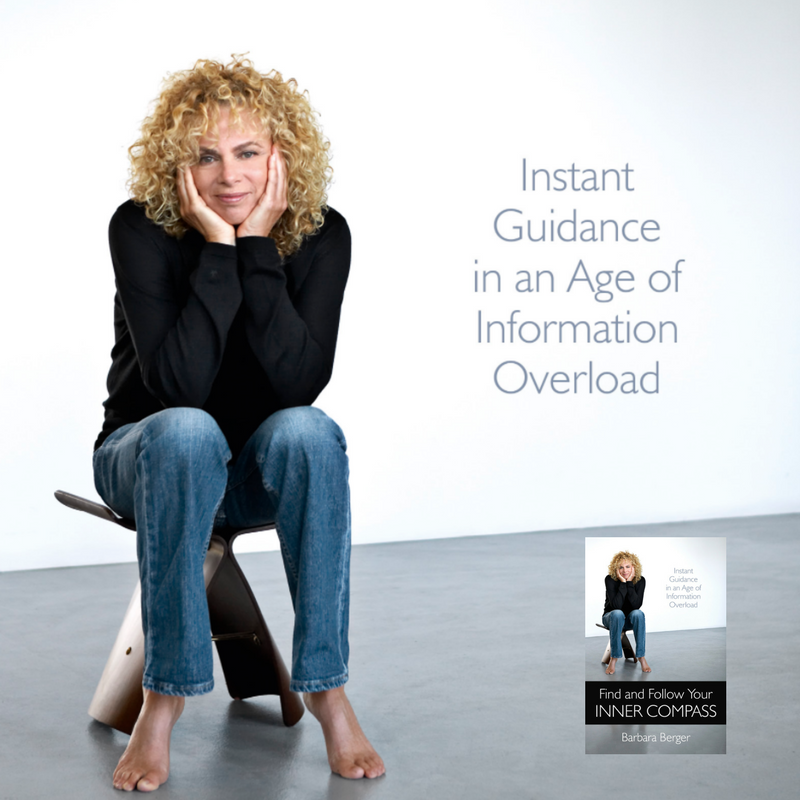MEMES
What are Memes?
(ps; there's a chapter on memes in The Master Communicators Handbook, published in the Changemakers imprint).
We will produce one or two memes for your book around publication date. Social media sites respond well to visual posts with no external links. Facebook algorithms enable such visual posts to get more widely distributed to your audience than text or links. So producing visual memes during publicity is a good use of time when doing social media work.We will also create memes at 500+ PR. The memes work best with strong visuals and good book quotations. We ask you to supply us with an A4 page of quotes from your book in Word. One to two sentences that are thought provoking or enticing. Please upload this item to The Marketing Page under Publicity - Articles.
If your publicist produces a meme or several memes, they will upload them to your Marketing Page under Publicity - Articles. You are free to download and use them in your own social media. Below are instructions and sites to enable you to produce your own memes.
"Memes" are good ways to get a book or author noticed online. A meme is an image with a quote or idea from the book itself. It can also include an image of the book cover to further reinforce the theme of your image. For example, on a book about chakras, you could use a background image of crystals with an image of the book cover and a quote from the book itself: "By understanding and healing my own chakras I changed myself and my life for the better."
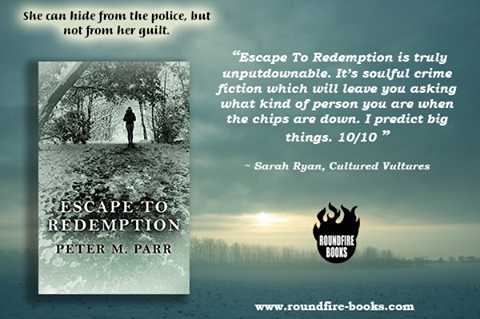
Why Use Memes?
Social Media is all about the images. We've all heard the phrase "A picture speaks a thousand words". Researchers have found that it takes only three seconds for someone to decide whether your image is worthy of further inspection (click through, open or share) or whether to keep on scrolling the big, wide web for something more interesting. Over at Hubspot (Where Marketers Go to Grow) they ascertained that in 2016 "Researchers found that colored visuals increase people's willingness to read a piece of content by 80%."
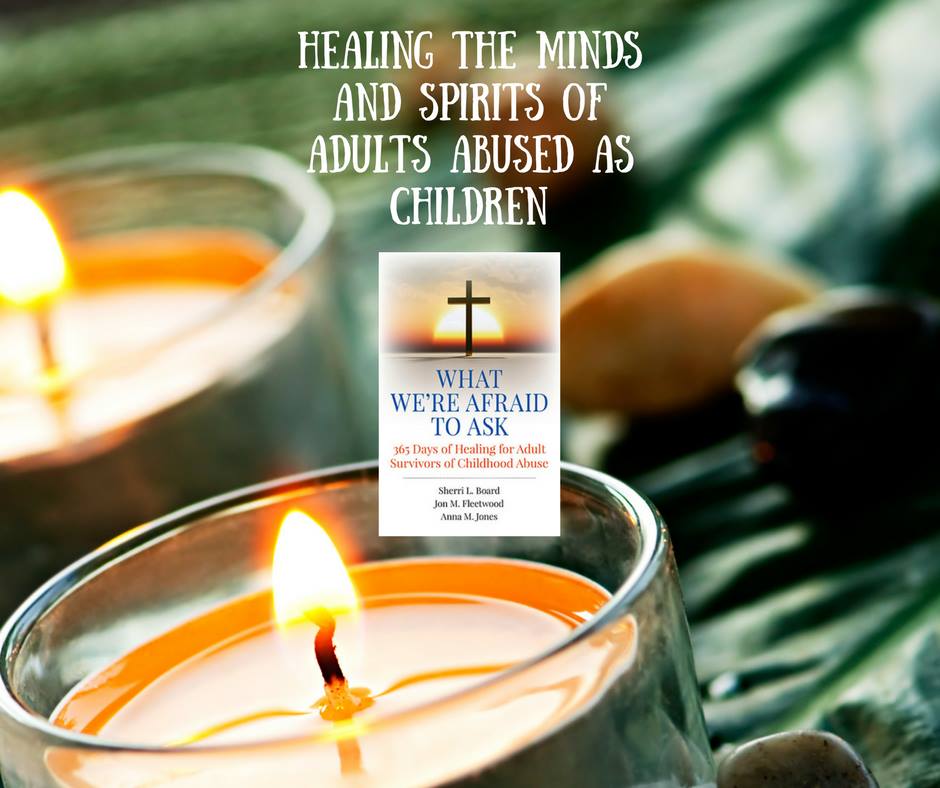
The important thing to remember is that just because you built it: it doesn't mean people will come. Lots of people spend hours creating beautiful social media posts and then ask "Why didn't it get any views or likes?". The short answer is, social media is all about cross promotion. You have to make people aware of your online presence. In order to do this, spend time liking, commenting and sharing other peoples pages. Nine times out of ten they will return the favour.
How to Create Memes for Social Media/Blogs/Websites
Please ensure, that if you intend to use images from the internet, that they are copyright free. You can use sites such as Pixabay and Unsplash for free usage.
You can create stand alone images in any of the well known digital programs such as Photoshop, InDesign, CoralDraw, Illustrator etc. But unless you are in the world of digital design, likelihood is that you just don't have the resources or knowledge to use these programs. Luckily, there are a wide number of programs available online that can produce a very good standard image. On the plus side; most of them are FREE or you can pay a small monthly fee if you would like unlimited access to their online catalogue of stock images, fonts and editing tools. Here are our top 3 programs:
www.picmonkey.com - FREE or £4.99* per month
www.canva.com - FREE
www.fotor.com - FREE or from $4.89* er month
*prices are relevant at the time of writing this article but may be subject to change by the third party companies.
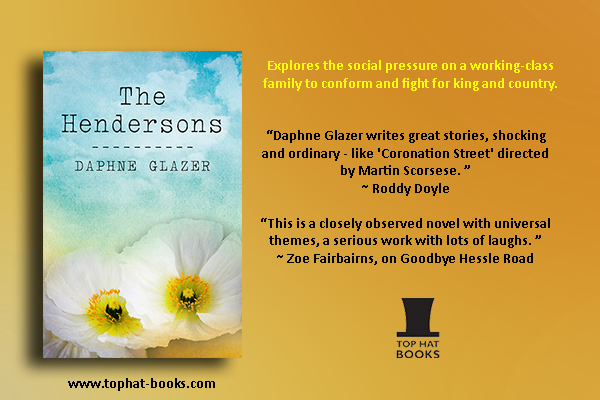
Before creating an image, you need to think about what the end usage will be (Facebook/Twitter/Blog etc). One size DOES NOT fit all. Each social media platform uses different sized images and if you do not size them correctly or in the correct format (jpeg/PNG) they will not appear correctly on screen. Using an image that is too big will end up being cropped, images that are too small will be stretched and pixelated. The good thing is that most of the online picture editing programs nowadays have automated template sizes for individual social media platforms. However, to explain this in more detail, please see the following link for up-to-date social media image size guidelines:
http://makeawebsitehub.com/social-media-image-sizes-cheat-sheet/
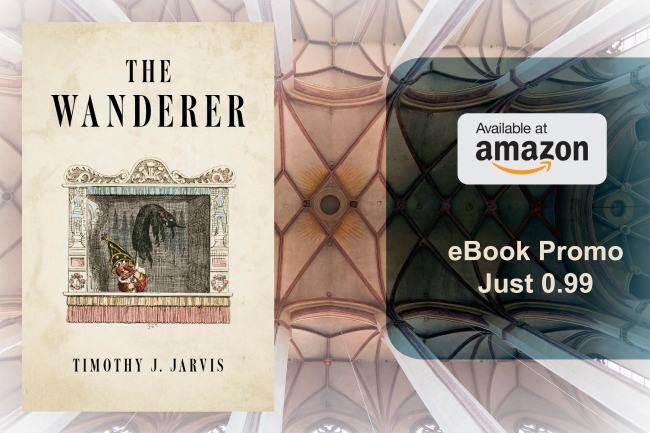
When you have completed your image, you need to decide what format to save your image in (JPEG/PNG etc). The simple rule of thumb, without getting too technical, is: if it is a simple image with no text, then JPEG is the one. If it is an image with text within it or with a transparent background, save your image as a PNG. This will stop your text being pixelated online. ALSO, very important, when you have saved your image, right click on it in the folder and click on 'Properties'. The image needs to be less than 100KB. Anymore than this and the powers at Facebook will reduce your image size (to save memory space on their system) and your image will look squashed and once again, pixelated.
